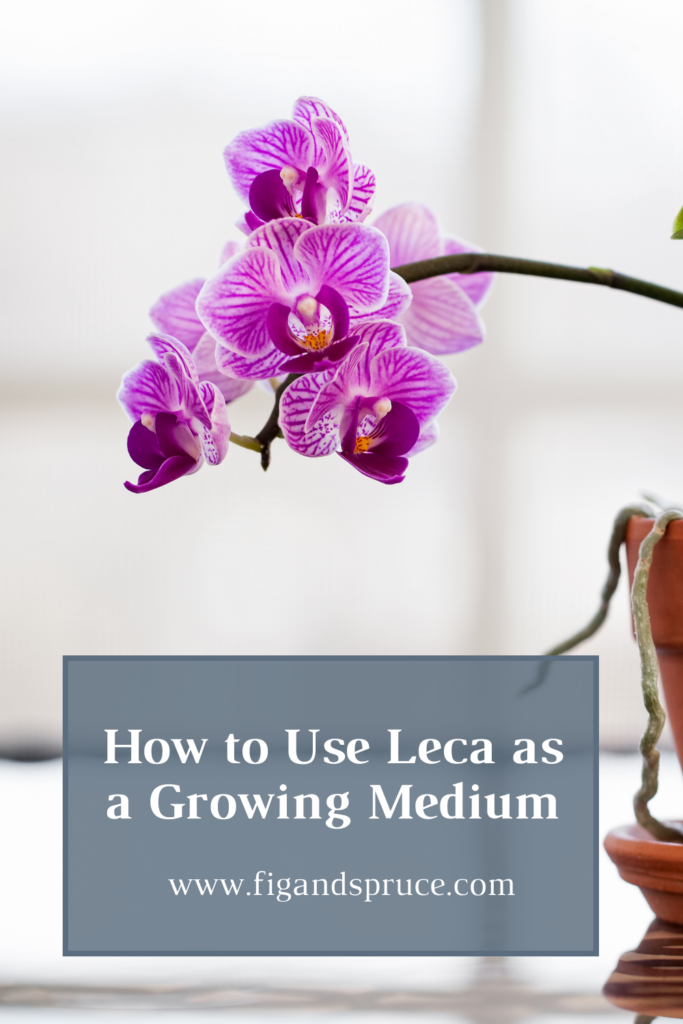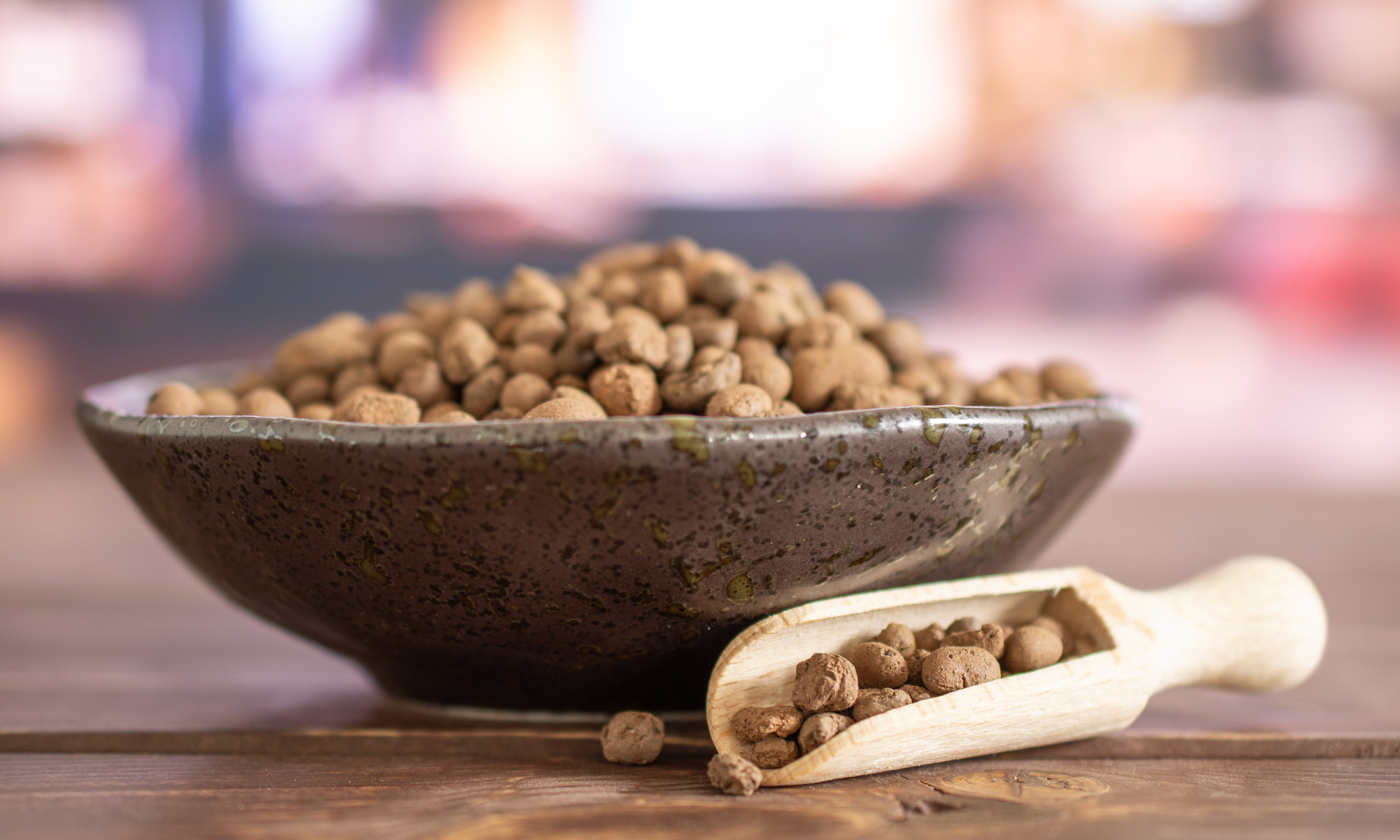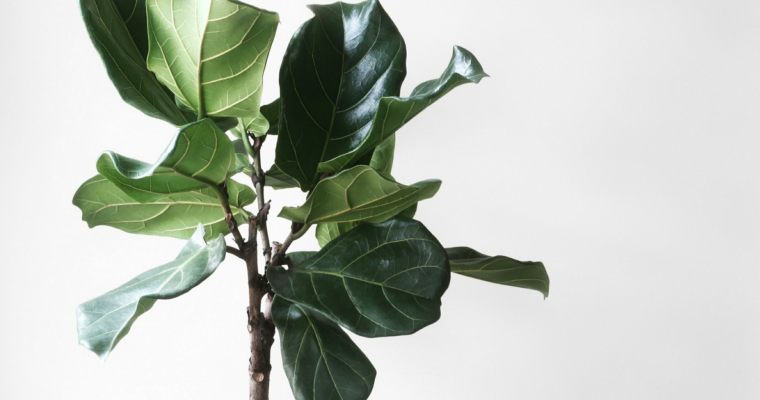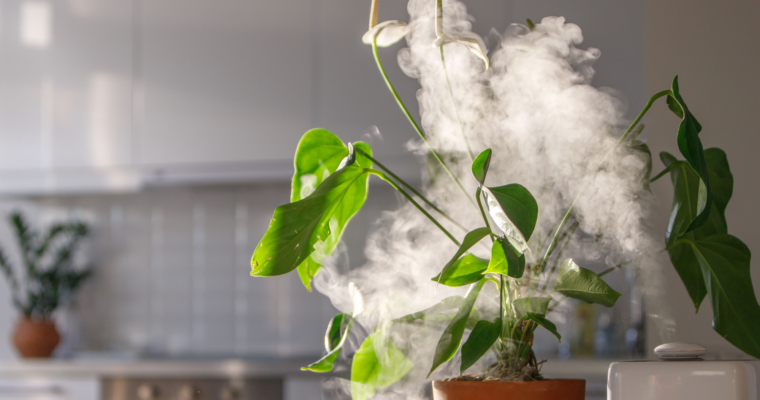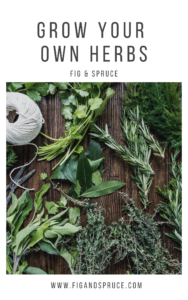Ever heard of leca? Leca can be used as a growing medium for many types of plants. Today we’re covering what leca is, the pros and cons of using it, and the different applications you can use leca for.
Table of Contents
What is Leca?
Leca stands for lightweight expanded clay aggregate. Essentially, leca is a growing medium made up of clay balls that you use either in place or in addition to soil.
Where to Purchase Leca
For the most convenience, we recommend purchasing leca off of Amazon. We love this brand, but there are multiple options for you to pick from there and you can have it on your doorstep within 2 days.

You might have a harder time finding leca at big chain stores because it is not as popular as typical potting soil. Your local gardening shop will possibly have some, but its good to call ahead to confirm.
How to Use Leca as a Growing Medium
Lets get right to it – first we’re covering how to use leca as a growing medium in your garden.
Step 1 – Cleaning
Prior to its first use, you’ll want to rinse your leca. This can be done with tap water. Rinsing helps clean off any dust that has accumulated because of the clay makeup of leca.
Step 2 – Selecting Your Planter
As you might guess, with leca it is not good to use a planter with drainage holes drilled into the bottom for indoor plants. Because leca is essentially just clay balls, water will leak out the bottom if there is a hole in the planter. This could ruin floors or leave a wet spot on carpets, so best to avoid this!
Step 3 – Potting with Leca
To pot with leca the process is very similar to that of traditional potting soil. Simply place a layer of leca at the bottom of a pot, then place your plant and fill the remaining space and sides with additional leca. When transplanting your plant from soil to leca you’ll want to remove as much soil from the roots as possible before placing it in the leca. Its also good to give your plants a thorough watering after planting too!
From here, you should care for your plant as normal with water and fertilizer. Keep in mind leca does not contain any fertilizer like some potting soil does, so you’ll want to add that into your normal routine if its not already.
Pros of Using Leca as a Growing Medium
Next, we’re going to cover some of the pro’s of using leca as a growing medium.
Reusable growing medium
One of the biggest pros of using leca is that it is a reusable growing medium! We love this because its one of the few ways to grow a plant that can be consistently reused without any deterioration. The key to using leca time and time again is to properly clean after each plant use.
With proper maintenance and cleaning, leca has no risk of carrying over any bugs or diseases from plant to plant (you do risk this with regular soil). You also add nutrients each time and because of how leca is designed it will not soak up the nutrients and carry over from plant to plant.
There is no limit to the amount of times you can reuse leca, but the key is proper maintenance and cleaning.
Adds extra drainage
Leca is a great option for plants that need additional drainage in their soil. Putting leca at the bottom of a planter helps stop plants from sitting in standing water after each water session. This is key to preventing root rot.
Reduces Pests
Because leca helps prevent root rot in plants, it also automatically helps deter pests in the soil. Continuously wet soil and root rot attracts all kinds of bugs and pests, which can bring diseases for your plant too.
Helps regulate plant watering
Similar to the pro of adding extra draining, leca actually helps to regulate plant watering overall. The clay balls in leca actually absorb water as you water the plant. They then allow the plant’s roots to pull moisture out of the clay as they need it. This helps prevent overwatering, which is one of the dangers that new gardeners often experience.
Increases Aeration in Soil
As you can probably imagine, the clay balls in leca allow a lot more air flow to your plant’s roots than traditional soil does. Its good for plants to get a chance to breath and get exposure to air, for similar reasons to why you aerate your lawn. This is a benefit of Leca that many other growing mediums do not have.
Direct visibility to Roots
When a plant is sick, the answer of why or what is causing the sickness is often not clear. Root rot can be hard to identify in normal soil, for the sole reason that your roots are all buried deep into the dirt! Getting a glimpse of roots is hard if not impossible to do in traditional soil without greatly disturbing the plant (which can sometimes do more harm than good).
With leca, you can essentially check the roots as often as you like. While it may be hard to get all the way down to the bottom of your planter, you can very easily check several inches down without disturbing anything. Simply move some of the leca to the side (or scoop it out) and then replace once you’ve gotten a good look at your plant’s roots.
Cons of using Leca as a Growing Medium
Now, lets cover some of the cons of using leca as a growing medium.
Cost is higher than traditional soil
The most obvious and most immediate con of leca is that the cost is higher than your traditional potting soil. However, if you intend to reuse your leca (which we recommend), then you’ll quickly make your money back by avoiding having to purchase new potting soil each time.
Leca must be cleaned initially
As we briefly mentioned earlier, leca does have to be cleaned before its first use, and then if you reuse it later on it must be cleaned again.
When you receive leca it will likely be very dusty because its made of clay. Rinse the leca thoroughly before planting to ensure best success when transitioning your plant from soil to leca.
Frequently Asked Questions
What plants thrive in leca?
Most indoor plants will do well in leca. Orchids are very commonly planted in leca. Other types that will do well include Monsteras, pathos, philodendrons, and more! We’ve actually written a full article on what plants thrive in leca.
You can also use leca when propagating cuttings. They make an ideal growing medium for plants to transition from water to pot.
Do I need to use fertilizer with leca?
Yes! Unlike potting soil, leca does not come with fertilizer in it already. We recommend adding something like Flora Gro, although there are plenty of options for fertilizer that would work well.

Can leca be used in hydroponics?
It absolutely can! Stay tuned for a full post on exactly how, but leca is widely in a hydroponic systems.
Interested in more indoor plant guides? We have tons of resources! Head on over to the blog to find more!
